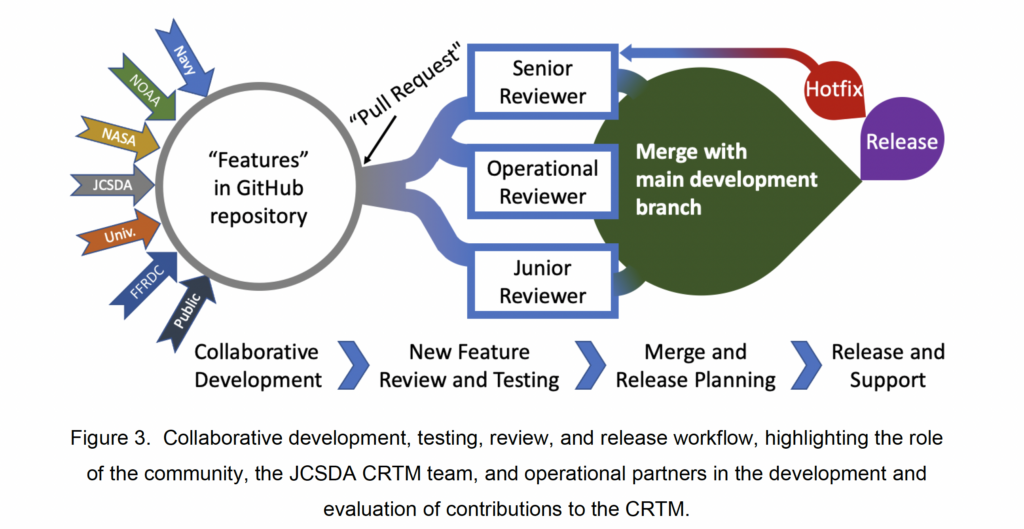
Isaac Moradi is the co-author of a paper entitled “The Community Radiative Transfer Model (CRTM): Community-Focused Collaborative Model Development Accelerating Research to Operations” published in Bulletin of the American Meteorological Society.
CRTM is a community model that has been developed by the Joint Center for Satellite Data Assimilation with contributions from many partners including NASA Global Modeling and Assimilation Office (GMAO). The paper highlights the current capabilities of CRTM including being used as a forward model in the NWP models as well as for general remote sensing applications such as calibration and validation of satellite observations.
Moradi joined Earth System Science Interdisciplinary Center (ESSIC), University of Maryland in 2011. His research is focused on microwave remote sensing including, calibration and validation of satellite microwave observations, retrieving geophysical variables from satellite microwave measurements, microwave radiative transfer modeling, assimilation of all-sky microwave observations into NWP models, and Observing System Simulation Experiments (OSSE). He is affiliated with NASA Global Modeling and Assimilation Office (GMAO) and NOAA Center for Satellite Applications and Research (STAR).
To access the paper, click here: “The Community Radiative Transfer Model (CRTM): Community-Focused Collaborative Model Development Accelerating Research to Operations”.





